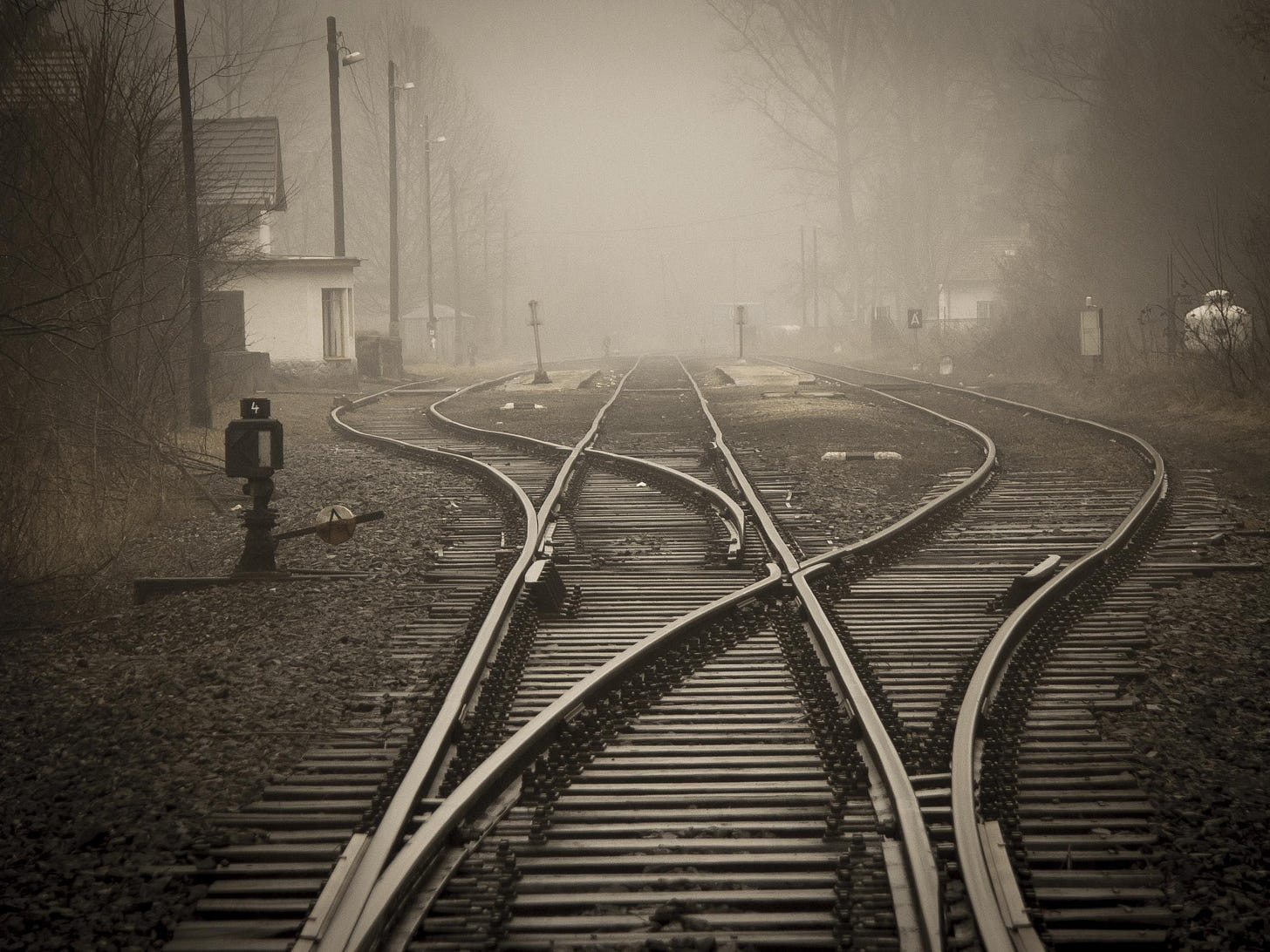Three paths to the future of Europe
Let's take a helicopter view today, and explore what the future of Europe could look like in 30 to 50 years.
The opposition between European federalism and the idea of a Europe of Nations is a convenient narrative. But nothing is always black or white. Today, let’s explore three possible paths for the European Union.
A cooptive federation
Our continent is ready for an ambitious deepening of the Union. The European institutions are getting stronger every year, acquiring new competencies after each crisis. The coronavirus outbreak introduced the possibility for the EU to manage its own financial resources, for instance.
Some believe that this trend will lead Europe to a federation. The limits of which depend on who you ask, but the basics are the same: the United States of Europe should shake hands with the United States of America from both sides of the Atlantic, as French poet Victor Hugo put it more than a century ago.
In Understanding the European Union, John McCormick explains that the EU has become a “cooptive” federation,
“in which individual member states are increasingly defined […] in relations to their EU partners, and in which they interact with one another […] because those interactions create incentives for self-cooperation.”
In conclusion, the EU could move towards a loose form of federalism, an ever closer cooptive association of member states.

A popular confederation
Without denying the idea of an ever closer Union, we have to consider a divergent path for Europe’s future, the one of confederalism.
Federalism and confederalism are often opposed. The former is
“a loose system of administration, in which two or more organisational units keep their separate identities but give specified powers to a central authority for reasons of convenience, mutual security, or efficiency.” - Understanding the European Union, John McCormick
Observers of the EU as it is today will find this definition particularly adapted to today’s reality. Indeed, we are now closer to a confederation than a unified federation. What happens if the status quo remains, and no further political centralisation happens?
To answer this question, let’s go back to another definition by McCormick, in the same book:
In a confederation “the central authority is relatively weak, existing at the discretion of the members”. - ibidem
But there is one institution that, in the case of Europe, invalidates this description: the European Parliament. The central authority is not only at the disposal of the member states, but of the European people too, creating an original system: a popular confederation.

A third way: European regionalism
Between these two divergent pathways, I want to propose an alternative, a sort of middle-ground, if you will.
As of today, regions do not play a major role in the European political construction. In fact, the Committee of Regions only has a consultative role.
Nonetheless, as the idea of treaty revision is in the air following the Conference on the Future of Europe, one could expect regions to become a much stronger power in the years to come.
Introducing regions in the European political system would not only create an interesting and novel organisation but also allow for a balance between a federation and confederation. Regions would bridge the gap between member state hegemony and a strong central government.

Thank you to all returning readers for their continuous support of The Beubble. If you discovered this newsletter today, you can subscribe for free below.





